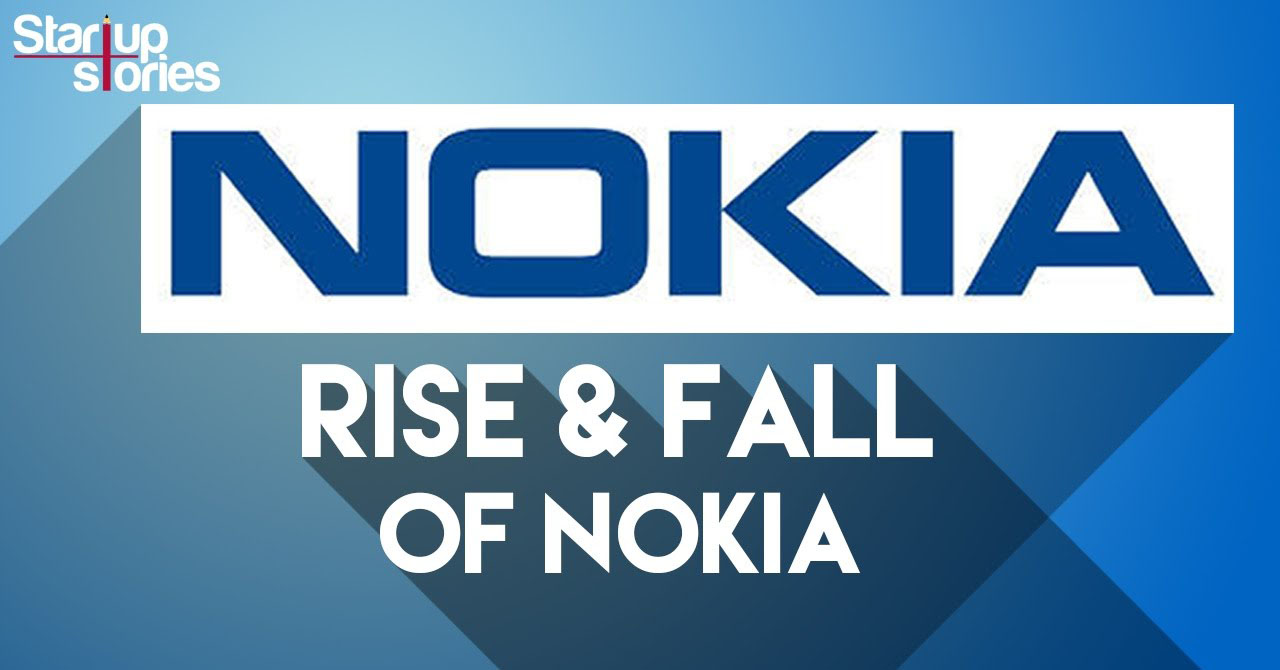What started as nothing is today the largest e-commerce company in the world. With a combined gross merchandise volume of 4 85 billion dollars in 2016. Which is more than the combination of Amazon and eBay put together. Alibaba is leaving no stone unturned to emerge as the biggest E retailer worldwide. While Amazon is still struggling to break even. Alibaba enjoys a growing profit of $11 billion dollars with an estimate of increasing the profit percentage by 48% in 70 and it expects to nearly double transactions volume to more than 900 billion dollars by 2020.
What makes these figures more interesting is that the company was not even the first comer of e-commerce in China. The first to enter the market was eBay through a joint venture called EachNet targeting C to C segment. At that time Alibaba was a B to B company that helped small and medium size Chinese enterprises land deals with western importers. However, soon after each net launched an online auction.
Alibaba established Taobao as a defensive step. 10 years later, each net cease to existence while Taobao dominated the market. So, how big is Alibaba? Well, Alibaba can be called as a conglomerate as it has set for an C to C, B to B group buying, online payment, logistics, online advertisement and cloud. Alibaba Group Holding Limited has a number of businesses that it operates in the Alibaba ecosystem.
It is a unique technology based retail conglomerate consisting of businesses with try resemblances to eBay, coupon and PayPal and parts of Google and Amazon. Well, this collection truly encapsulates almost every retail segment. Right from B to C and C to C market places. It touches almost every aspect of the exchange of goods between the parties. This was reflected in the company’s record breaking September 2014 IPM in which the company raised in excess of $25 billion dollars.
So, here’s a look at the different businesses under the Alibaba ecosystem.Alibaba Group’s three primary businesses are arranged as distinct companies. Number one, Alibaba. com. Alibaba. com is the company’s original business. It’s a training platform linking Chinese businesses to international businesses that need Chinese inventory or manufacturers.Unlike Amazon, Alibaba. com do not hold inventory or participate in logistics such as sourcing, storage or shipping. The website makes my by receiving a commission on each transaction as well as by charging subscription fees to sellers who maintain storefronts in the market place. The site also includes 16 88. com which connects domestic Chinese businesses and Alixpress for smaller international business buyers. Number two, Taobao. Taobao is Alibaba Group’s largest business.
It is a CTC marketplace similar to eBay. com. However, unlike eBay, Taobao does not charge a commission on rather it makes money by selling advertisements similar to Google. Merchants have to pay an additional amount to place their products higher in priority to gain visibility or to reach more customers through search ads. Number three, T Mall. com. This is a from Tawa as a premium business to consumer market place aimed at the growing middle class segment.
It features high end international brands and makes money by charging its merchants yearly fees. Although Alibaba Group generates revenues by the three businesses above. The company also has other businesses. Here is a list of the other companies under Alibaba holding group that drives in large amount of revenues for the company. Number one, Alipay, an online payment system similar to PayPal. Number two, Alibaba cloud computing.
Number three, Alibank Bank, an instant messaging service. Number four, live bank. A messaging application competing with 10 cents WeChat. Well, apart from these Alibaba also has last takes in the Chinese equivalent to Twitter and Yukutu which is a Chinese version of YouTube. Well, it also has its own film business, a football team and a mutual fund. Lately, Alibaba’s investment in DD touching proved to be profitable.
As today it is the world’s largest ride sharing company providing transportation services for close to 300 million users across China. Apart from investing in home grown companies. Alibaba has also invested in few high potential companies beyond China like India based Patium and SnapD. Well, Alibaba is not dependent on any one revenue stream. It can generate revenue from many diverse business lines and pricing structures.
With a wide range of companies that offers many different services and products that cater to every aspect of retail this ecosystem is truly self sustaining and keeps getting more comprehensive with each new business launched. Although the company dominates online commerce in China. It remains to be seen if it can recreate these successes in the world market. Till then we at startup stories wish Alibaba and Jack Ma all the very best and hope they keep growing and prospering in the days to come.
















